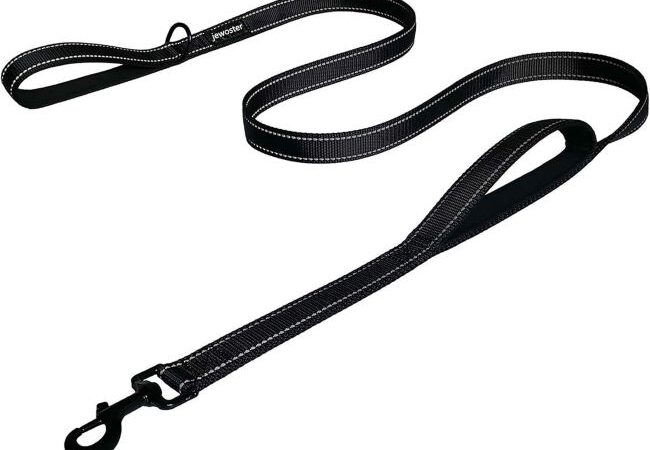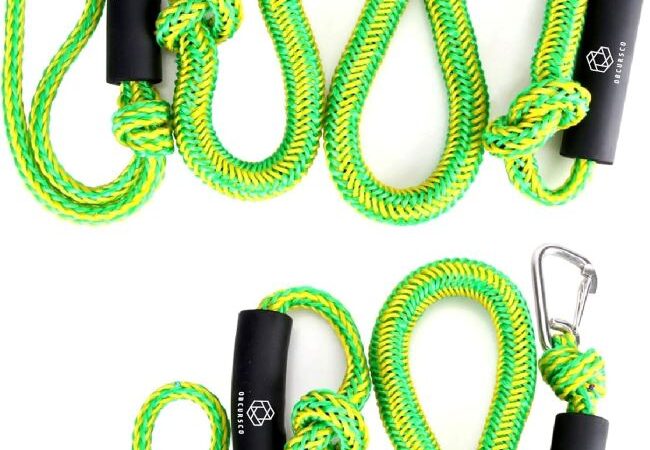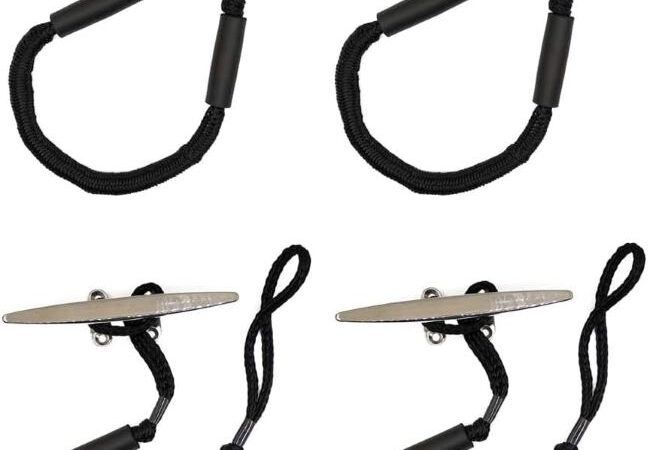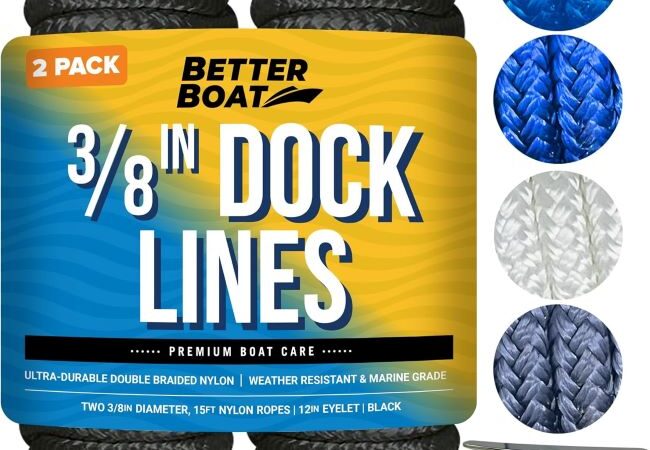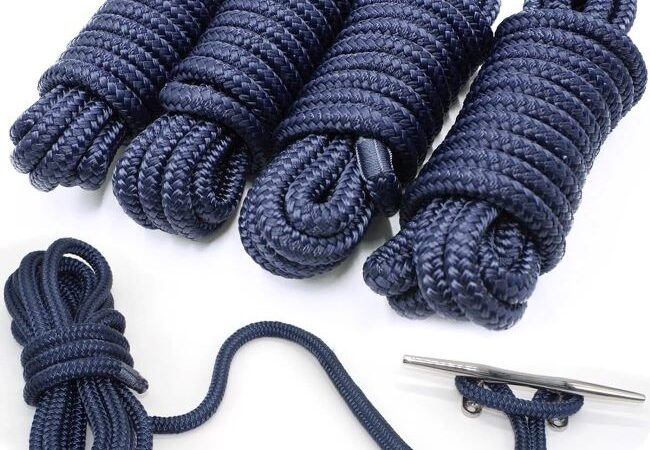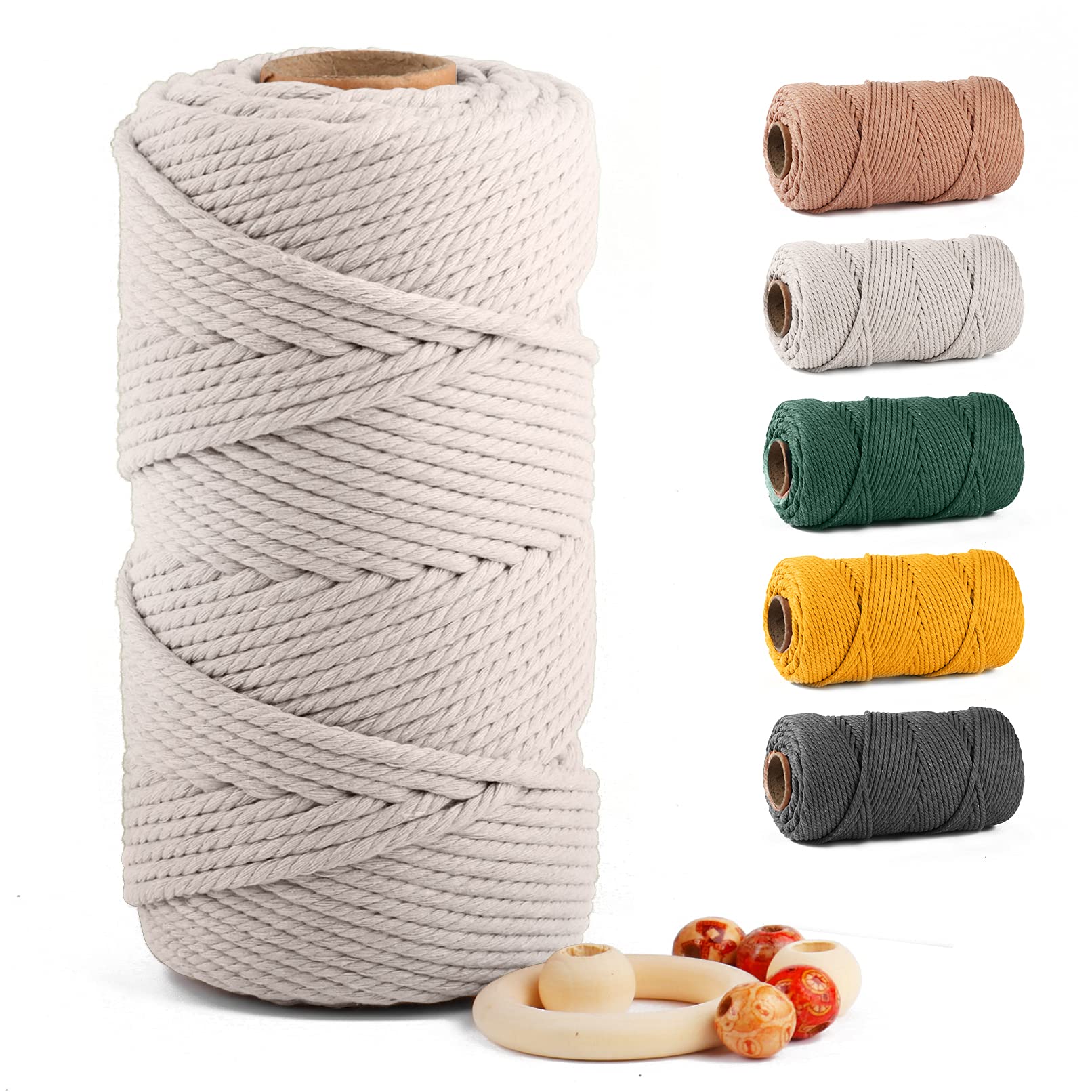
What Kind of Rope Do You Use for Macrame? Find the Perfect Fiber for Your Masterpiece!
The rope used for the macrame should be made of natural fibers like cotton or jute to ensure durability and flexibility. Macrame is an ancient craft that involves knotting ropes to create intricate designs and patterns.
Contents at a Glance
ToggleIt has gained popularity in recent years as a creative and therapeutic hobby. Whether you’re a beginner or an experienced macrame artist, choosing the right rope is essential for the success of your project. The type of rope used in macrame should be strong, yet soft and pliable, allowing for easy manipulation and knotting.
Natural fibers like cotton or jute are often preferred due to their strength and flexibility. These ropes give your macrame piece a beautiful and organic look, enhancing the overall aesthetic appeal. So, when venturing into the world of macrame, be sure to select the right rope that suits your project’s needs and brings your artistic vision to life.
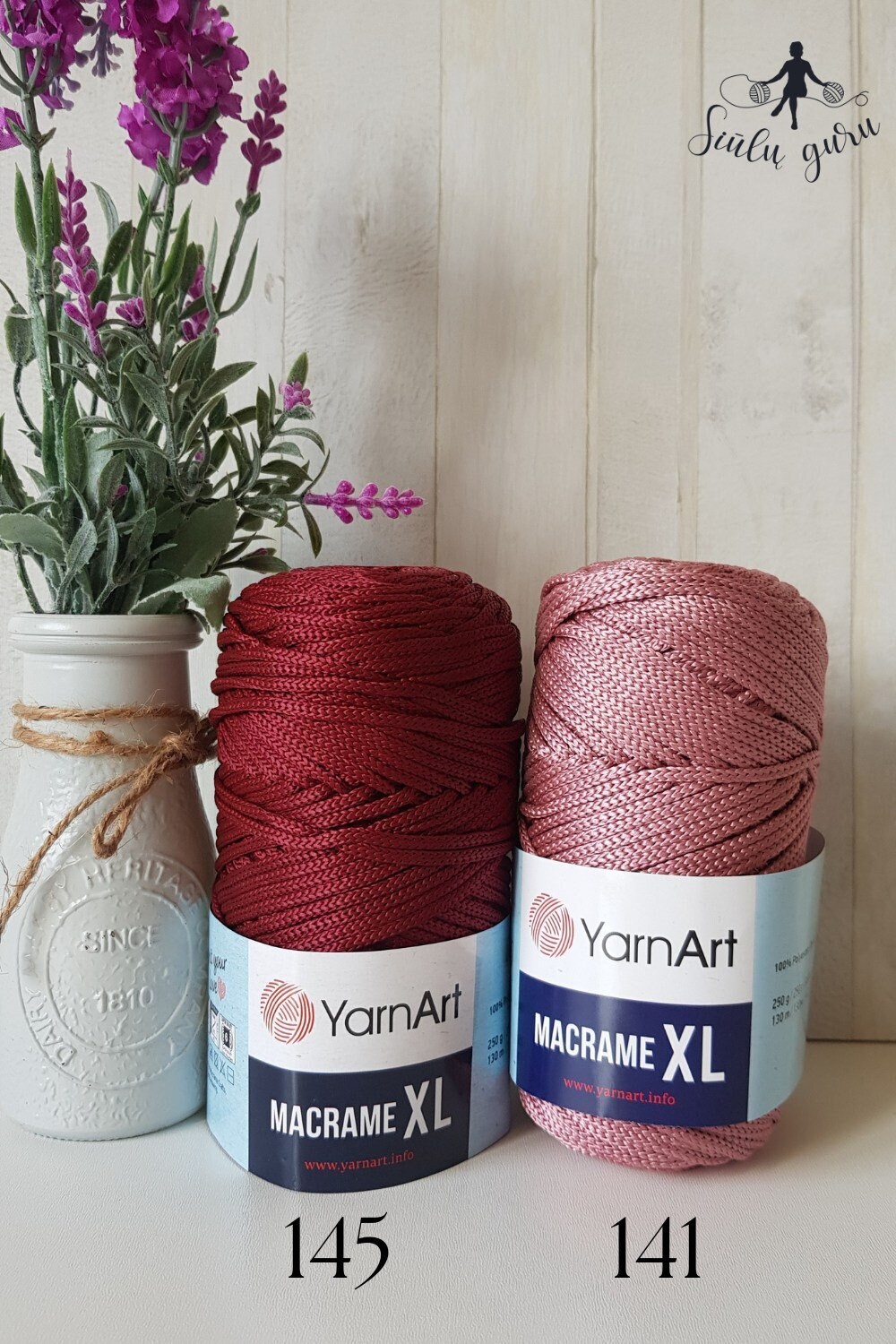
Credit: www.etsy.com
Qualities Of Ideal Macrame Fibers
| Qualities of Ideal Macrame Fibers | |
|---|---|
| Natural vs Synthetic: Benefits and Drawbacks | Thickness and Texture Impact on Knotting |
|
When choosing a rope for macrame projects, it is important to consider whether you prefer natural or synthetic fibers. Natural fibers like cotton, hemp, and jute have a softer and more organic look and feel. They are lightweight, easy to work with, and eco-friendly. However, they may not be as strong or durable as synthetic fibers. On the other hand, synthetic fibers like nylon and polyester are stronger and more resistant to stretching and fraying. They come in a wide range of colors and are often more affordable. However, they may have a shinier and less natural appearance. |
The thickness and texture of the rope can also impact your macrame knots and designs. Thicker ropes create bolder and more prominent knots, while thinner ones create finer and more delicate knots. Moreover, the texture of the rope affects the grip and hold of the knots. |
| Color and Dyeing: Selecting for Projects | Strength and Durability Considerations |
|
When selecting a rope for macrame, color is an important aspect to consider. The rope’s color can greatly enhance the overall look and feel of the finished project. Natural fibers can be dyed using natural or synthetic dyes to achieve the desired color. |
Strength and durability are crucial factors to consider depending on the type of macrame project you are working on. If you are creating a large and heavy wall hanging or a plant hanger that will hold a substantial weight, you will need a rope that has a higher strength and durability rating. |
Popular Macrame Rope Types
When it comes to macrame, choosing the right rope is essential for a successful project. There are several popular types of ropes that are commonly used in macrame designs:
| Rope Type | Key Features |
|---|---|
| Cotton Rope | Versatile and soft, making it easy to work with. It is also available in various colors and thicknesses, allowing for more creativity in macrame designs. |
| Hemp Rope | Eco-friendly and durable, ideal for outdoor macrame projects. It has a natural beige color and gives a rustic and earthy look to macrame pieces. |
| Jute Rope | Known for its rustic charm and strength, jute rope is commonly used for large macrame wall hangings and plant hangers. It has a natural brown color and adds a bohemian touch to macrame designs. |
| Synthetic Ropes | These ropes are made from synthetic materials like nylon or polyester, which make them weather-resistant and suitable for outdoor use. They are available in various colors and are often used for macrame projects that require durability. |
Choosing the right rope for your macrame project depends on your personal preferences, the desired look, and the intended use of the finished piece.
Specialty Fibers For Unique Projects
When it comes to creating unique macrame projects, choosing the right rope is essential. Different fibers can give your creations distinct textures and effects that can elevate your designs.
Sisal and manila are two popular choices for adding textured effects to your macrame pieces. Sisal, made from the leaves of the Agave sisalana plant, has a rough and rustic feel, while manila, derived from the abaca plant, offers a more natural and polished look.
If you are looking for a more luxurious touch, linen and silk ropes are ideal options. Both materials have a soft and smooth texture that adds elegance and sophistication to your macrame creations.
To incorporate beads and metals into your macrame projects, consider using mixed media ropes. These ropes are often made from a combination of natural fibers and synthetic materials, allowing you to add decorative elements and create unique designs.
| Specialty Fiber | Textured Effects |
|---|---|
| Sisal | Rough and rustic |
| Manila | Natural and polished |
| Linen | Luxurious and smooth |
| Silk | Elegant and sophisticated |
| Mixed Media | Incorporating beads and metals |
Knotting Techniques For Various Ropes
When it comes to macrame, selecting the right kind of rope is crucial. Different knots require different characteristics in a rope. For basic knots such as the square knot, you can use a variety of rope materials depending on your preference. Cotton ropes are ideal for beginners due to their softness and pliability. They are easy to work with and create beautiful, delicate designs.
If you are looking to create more complex macrame patterns, you might consider using ropes made of synthetic fibers like nylon or polyester. These ropes have a higher tensile strength and are more flexible, allowing you to create intricate designs with ease. They are also suitable for outdoor macrame projects as they are resistant to weather conditions. Jute ropes, on the other hand, are perfect for creating a rustic, natural look and are popular for bohemian-style macrame.
To maintain tension and consistency in your macrame work, it is important to choose a rope that holds its shape well. Avoid using ropes that are too slippery as they tend to unravel easily. Look for ropes with a tight, firm twist as they provide better stability. Additionally, consider the thickness of the rope – thicker ropes are generally easier to work with and create a more substantial finished product. Remember to experiment with different ropes and see which ones suit your personal style and project requirements best.
Care And Treatment Of Macrame Rope
Macrame is a beautiful craft that requires the right kind of rope to ensure successful results. Before you start your project, it is essential to prepare your rope properly. This involves cleaning and preserving your macrame rope to remove any dirt and impurities. To clean your rope, you can simply hand-wash it using a mild detergent and cool water. Gently scrub the rope to remove any stains or dirt particles, and then rinse thoroughly. Once clean, you should preserve your rope to keep it in good condition for future use. This can be done by applying a fabric softener or conditioner to the rope and allowing it to dry naturally.
Storing your macrame ropes correctly is also important to prevent tangling and damage. You can coil and store your ropes in a cool, dry place, away from direct sunlight. Avoid hanging them or storing them in a way that could cause them to become tangled. By following these care and treatment guidelines, you can ensure the longevity of your macrame ropes and enjoy successful crafting projects.
Preparing Your Rope Before Use
Before starting your macrame project, it is crucial to prepare your rope properly. This involves cleaning the rope to remove any dirt and impurities that might affect the final result. Start by hand-washing the rope using a mild detergent and cool water. Gently scrub to remove any stains or dirt particles, and thoroughly rinse to ensure all the detergent is removed. After cleaning, it is advisable to preserve the rope to maintain its quality. Apply a fabric softener or conditioner to the rope, and then allow it to dry naturally. This will not only keep your rope soft and pliable but also help prevent fraying and ensure easier knotting during the macrame process.
Cleaning And Preserving Your Macrame
To keep your macrame ropes in good condition and extend their lifespan, regular cleaning and preserving are necessary. After completing a project, you can hand-wash the ropes using a mild detergent and cool water. Gently scrub to remove any stains or dirt particles, and rinse thoroughly to ensure all the detergent is removed. Once clean, you should preserve the rope by applying a fabric softener or conditioner. This will help maintain the softness and pliability of the rope, making it easier to work with for future projects. Allow the rope to dry naturally before storing it to prevent any damage or tangling. Proper cleaning and preserving techniques will ensure that your macrame ropes remain in excellent condition and ready for your next creative endeavor.
Storing Ropes To Prevent Tangling And Damage
Proper storage of macrame ropes is essential to avoid tangling and damage. Once you have cleaned and preserved the rope, you should coil it neatly before storing it. Find a cool and dry place to keep your ropes, away from direct sunlight and any potential sources of moisture. Hanging the ropes or storing them in a way that causes them to tangle can lead to unnecessary frustration and potential damage. By storing your macrame ropes correctly, you can prolong their lifespan and ensure they are ready to use whenever inspiration strikes. Take the time to organize and care for your ropes, and you’ll be rewarded with a hassle-free macrame experience and beautifully crafted projects.
Frequently Asked Questions On What Kind Of Rope Do You Use For Macrame
What Type Of Rope Is Best For Macrame?
The best rope for macrame is usually made of natural fibers like cotton, hemp, or jute. These fibers have the right amount of flexibility and strength needed for macrame projects. Synthetic ropes like nylon or polyester can also be used but they may not give the same natural look and feel as natural fibers.
What Is The Ideal Thickness For Macrame Rope?
The ideal thickness for macrame rope depends on the size of the project and the look you want to achieve. Generally, a rope with a thickness of 3-6mm is suitable for most macrame projects. Thinner ropes are used for delicate knots and intricate patterns, while thicker ropes are used for larger, more substantial designs.
Can I Use Regular Rope For Macrame?
Yes, you can use regular rope for macrame, as long as it meets the requirements of being strong and flexible. However, it’s important to note that regular rope may not have the same visual appeal as ropes specifically designed for macrame.
It’s recommended to choose ropes made of natural fibers for a more authentic macrame look.
What Is The Best Rope For Beginners In Macrame?
For beginners in macrame, it’s best to start with a soft and easy-to-handle rope. Cotton rope is a popular choice for beginners as it is gentle on the hands and has a smooth texture for easy knotting. It’s also readily available and comes in a variety of thicknesses, making it suitable for different projects and skill levels.
Conclusion
Choosing the right kind of rope for your macrame projects is crucial to achieve the desired results. By understanding the different types of rope available and their specific characteristics, you can ensure that your macrame creations turn out beautifully. Consider factors such as material, thickness, and texture to select the perfect rope that meets your needs.
Happy macrame crafting!

